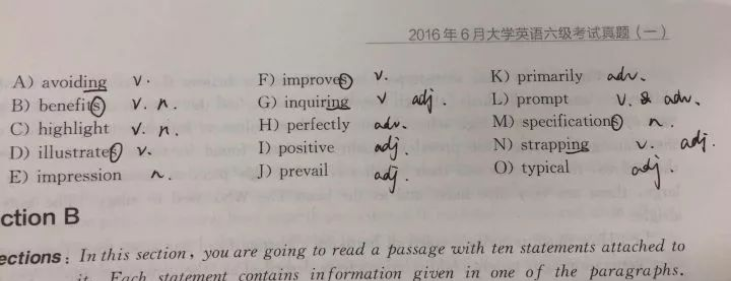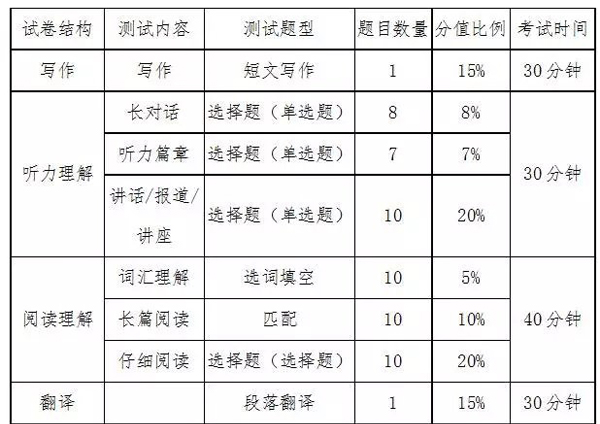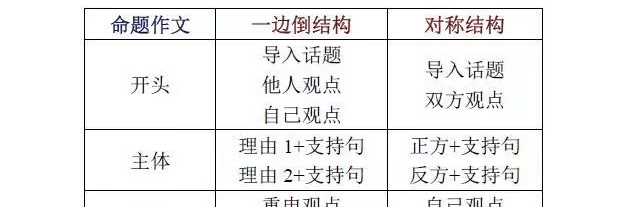LSAT考试全真试题四SECTION2(4)
|
Questions 15-16 The authors of a recent article examined warnings of an impending wave of extinctions of animal species within the next 100 years. These authors say that no evidence exists to support the idea that the rate of extinction of animal species is now accelerating. They are wrong however Consider only the data on fishes 40 species and subspecies of North American fishes have vanished in the twentieth century, 13 between 1900 and 1950, and 27 since 1950 15. Which one of the following is the main point of the argument? (A) There is evidence that the rate of extinction of animal species is accelerating (B) The future rate of extinction of animal species cannot be determined from available evidence (C) The rate of extinction of North American fishes is parallel to the rate of extinction of all animal species taken together (D) Forty species and subspecies of North American fishes have vanished in the twentieth century (E) A substantial number of fish species are in danger of imminent extinction 16. The answer to which one of the following questions would contribute most to an evaluation of the argument? (A) Were the fish species and subspecies that became extinct unrepresenatative of animal species in general with regard to their pattern of extinction? (B) How numerous were the populations in 1950 of the species and subspecies of North American fishes that have become extinct since 1950? (C) Did any of the species or subspecies of North American fishes that became extinct in the twentieth century originate in regions outside of North America? (D) What proportion of North American fish species and subspecies whose populations were endangered in 1950 are now thriving? (E) Were any of the species or subspecies of North American fishes that became extinct in the twentiethe century commercially important? 17. After the Second World War, the charter of the newly formed United Nations established an eleven-member Security Council and charged it with taking collective action in response to threats to world peace. The charter further provided that the five nations that were then the major powers would permanently have sole authority to cast vetoes. The reason given for this arrangement was that the burden of maintaining world peace would rest on the world s major powes and should be required to assume the burden of enforcing a decision it found repugnant The reasoning given for the structure of the Security Council assumes that (A) it does not make sense to provide for democracy among nations when nations themselves are not all democracies (B) no nation that was not among the major powers at the end of the Second World War would become a major power (C) nations would not eventually gravitate into large geographical bloes, each containing minor powers as well as at least one major power (D) minor powers would not ally themselves with major powers to gain the prection of the veto exercised by major powers (E) decisions reached by a majority of nations in response to threats to world peace would be biased in favor of one or more major powers 18. Environmental scientist: It is true that over the past ten years, there has been a sixfold increase in government funding for the preservation of wetlands while the total area of wetlands needing such preservation has increased only twofold (although this area was already large ten years ago) Even when inflation is taken into account, the amount of funding now is at least three times what it was ten years ago. Nevertheless the current amount of government funding for the preservation of wetlands is inadequate and should be augmented Which one of the following, if true most helps to reconcile the environmental scientist s conclusion with the evidence cited above? (A) The governmental agency responsible for administering wetland-preservation funds has been consistently mismanaged and run inefficiently over the past ten years (B) Over the past ten years, the salaries of scientists employed by the government to work on the preservation of wetlands have increased at a rate higher than the inflation rate (C) Research over the past ten years has enabled scientists today to identify wetlands in need of preservation well before the areas are at serious risk of destruction (D) More people today scientists and nonscientists alike, are working to preserve all natural resources including wetlands (E) Unlike today funding for the preservation of wetlands was almost nonexistent ten years ago. 19. In Australia the population that is of driving age has grown large over the last five years, but the annual number of traffic fatalities has declined. This leads to the conclusion that, overall, the driving-age population of Australi consists of more skillful drivers now than five years ago. Each of the statements below, if true, weakens the argument EXCEPT: (A) Three years ago, a mandatory seat-belt law went into effect throughout Australia. (B) Five years ago. Australia began a major road repair project (C) Because of increases in the price of fuel Australians on average drive less each year than in the preceding year. (D) The number of hospital emergency facilities in Australia has doubled in the last five years (E) In response to an increase in traffic fatalities. Australia instituted a program of mandatory driver education five years ago |








